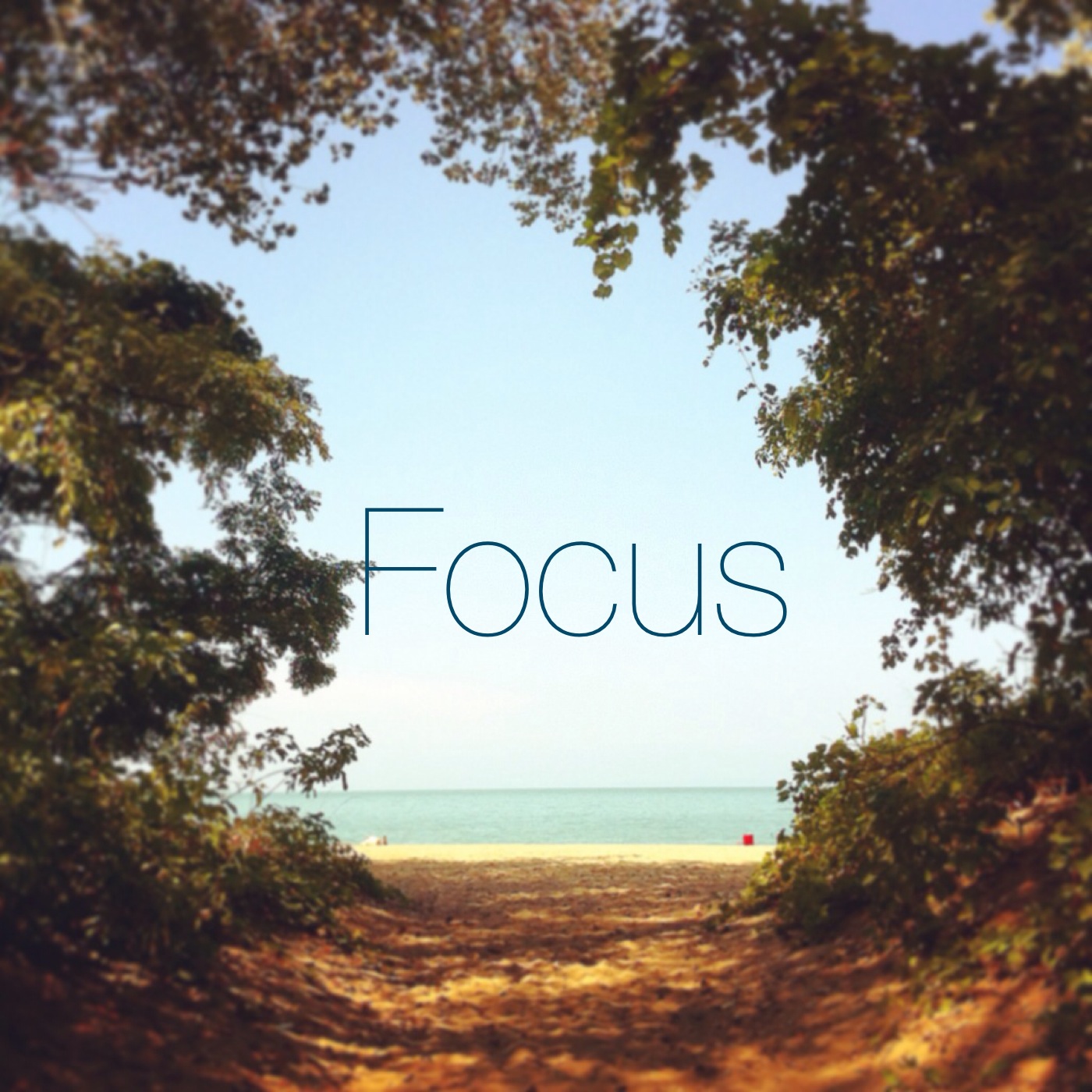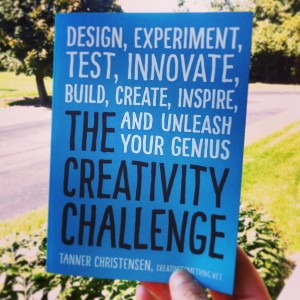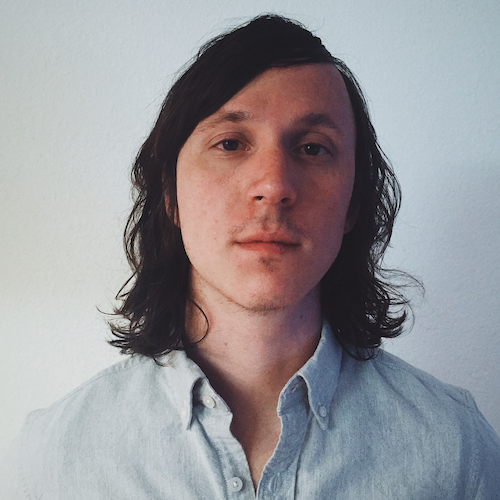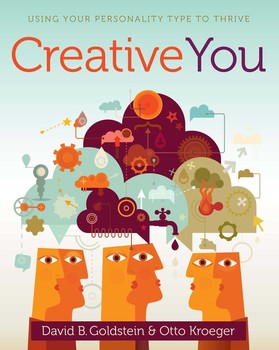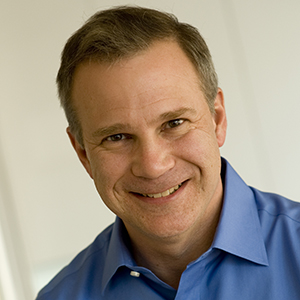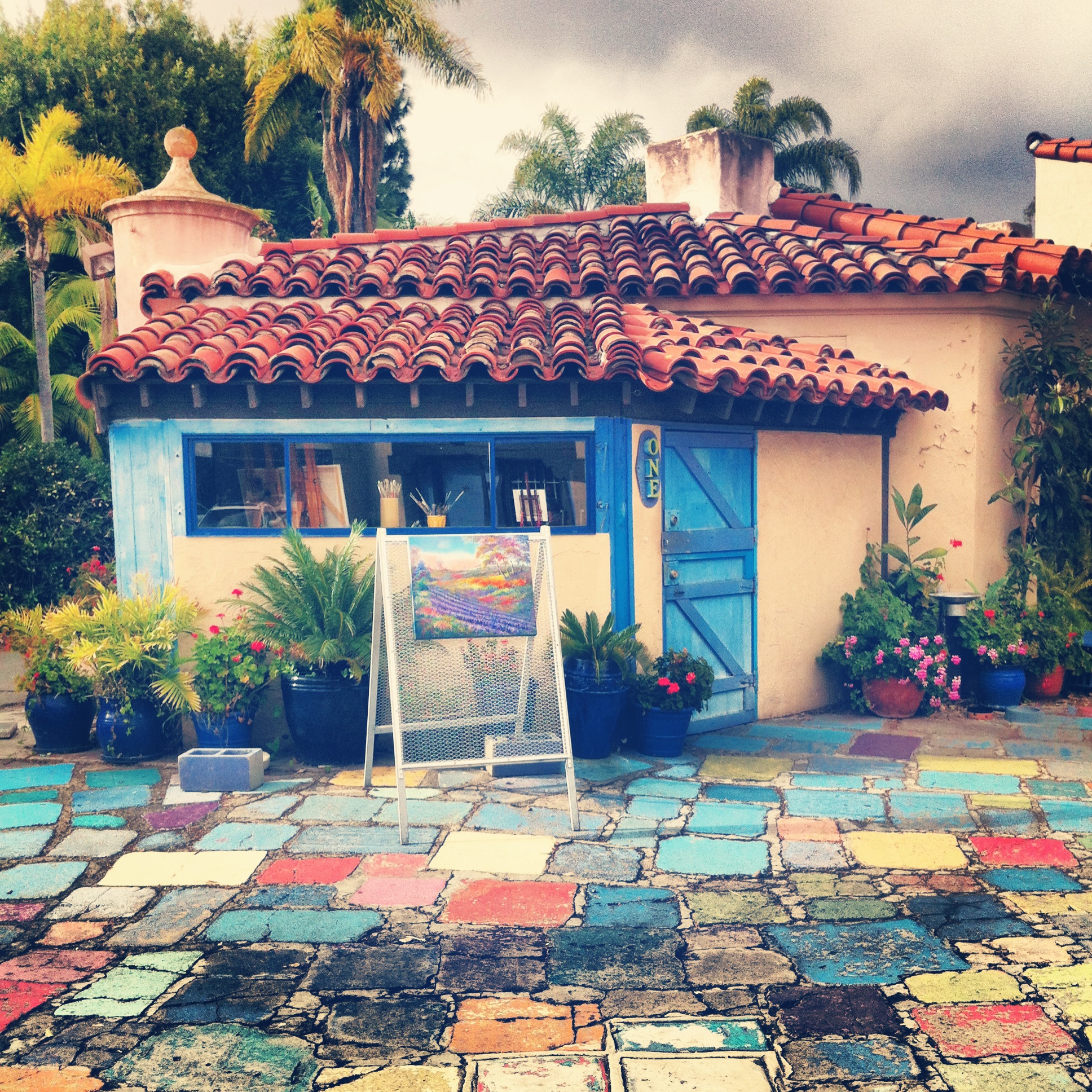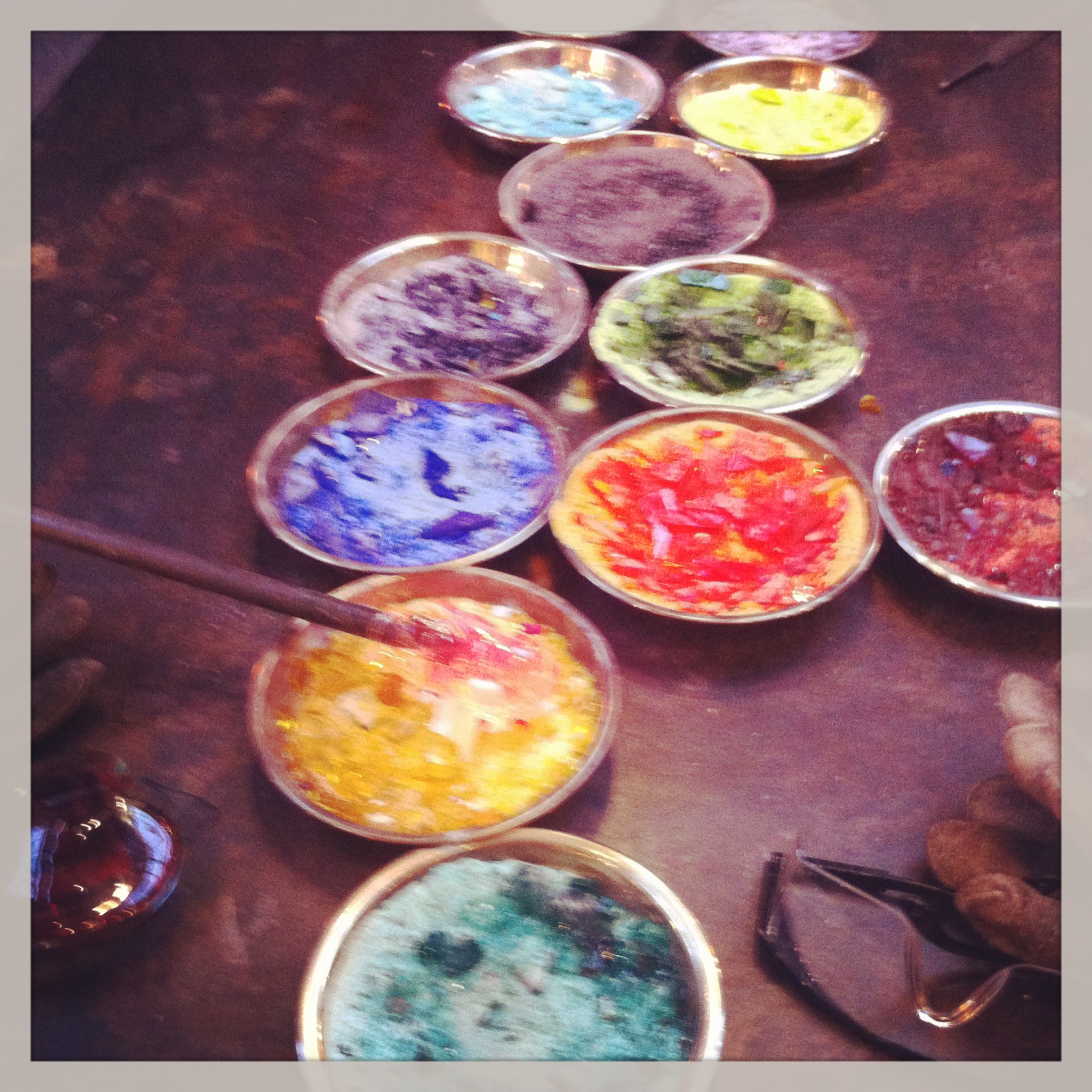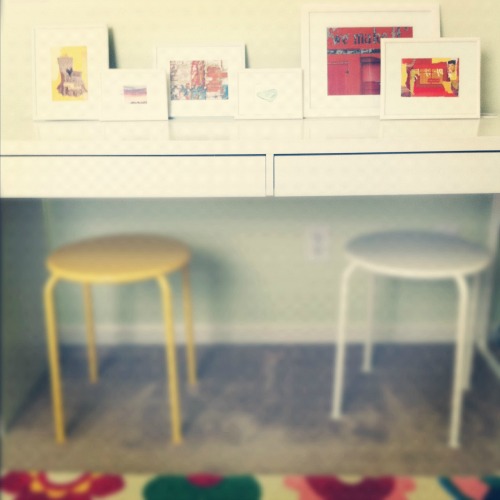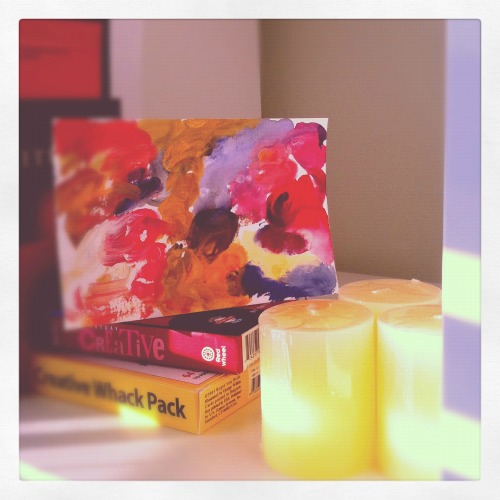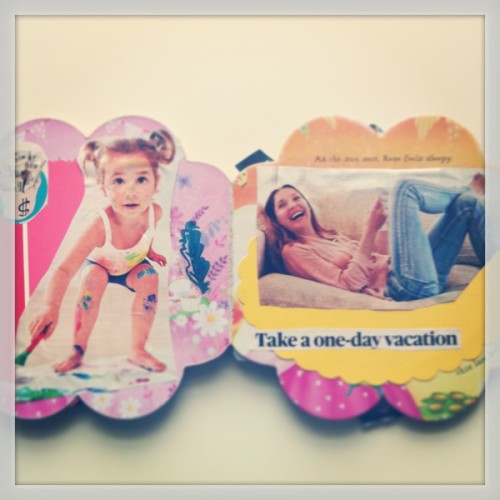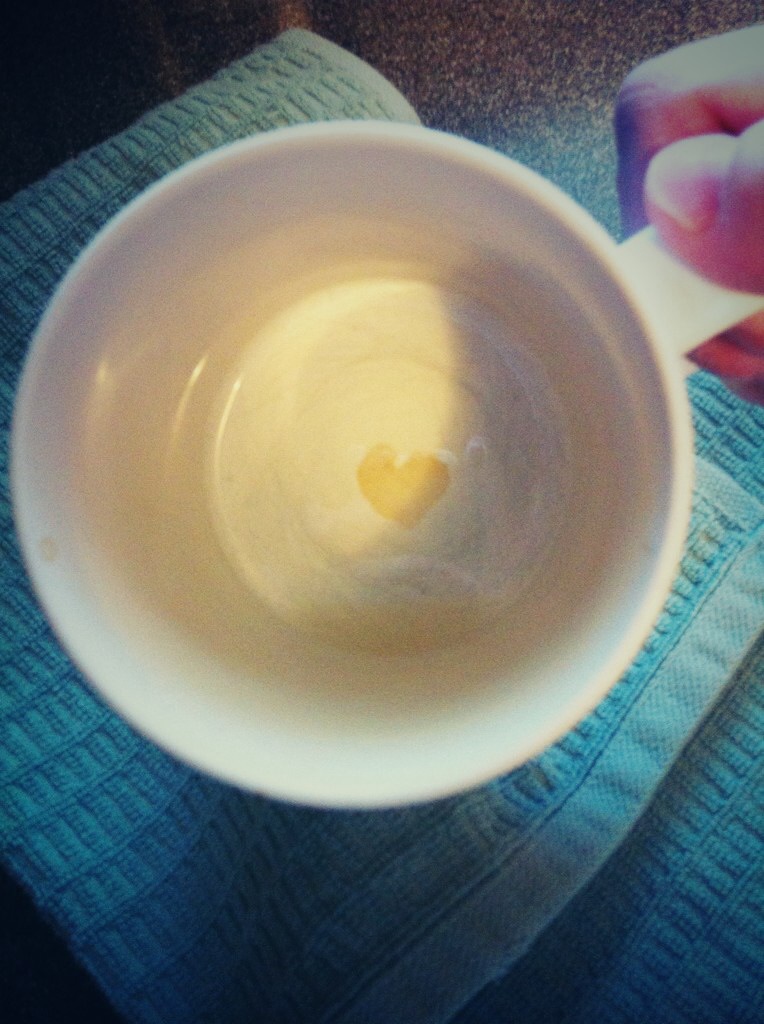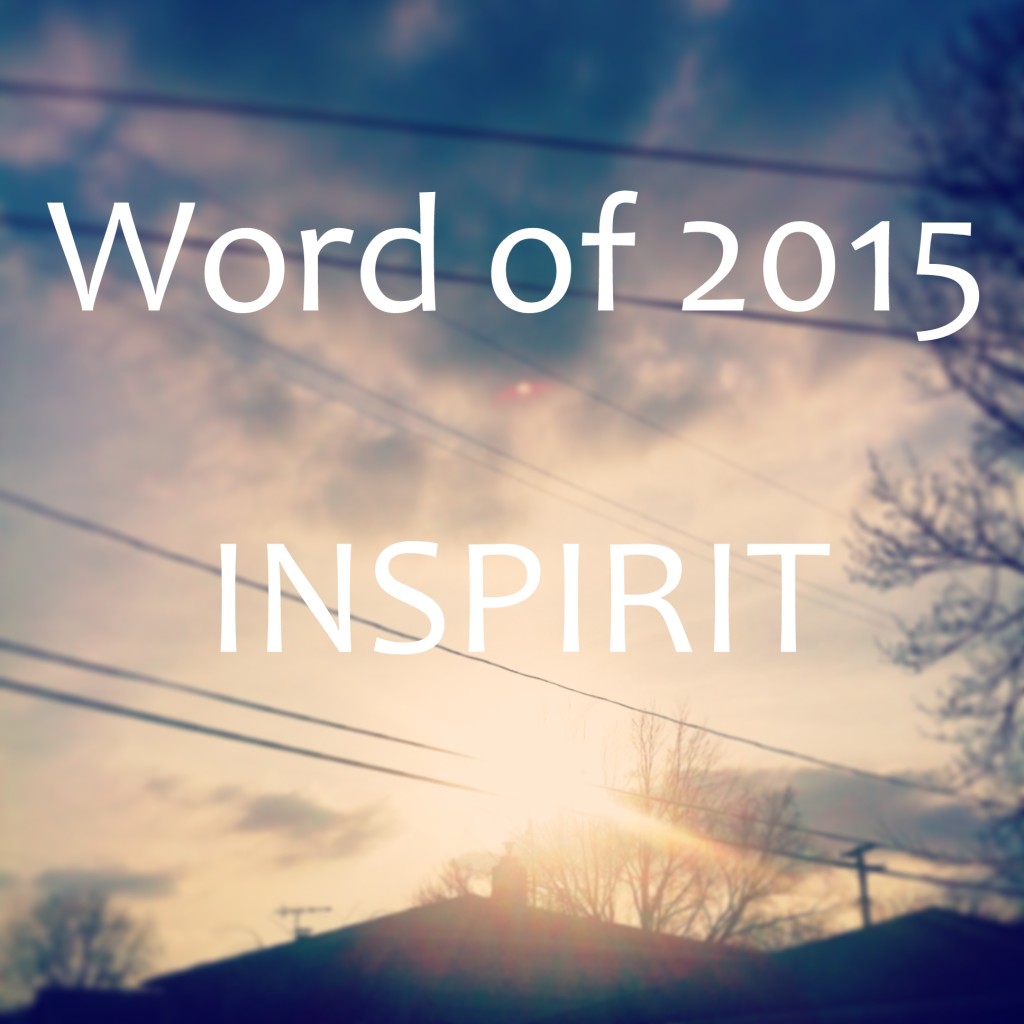Earlier this month I was talking on the phone with one of my favorite creative cohorts, Cat, who is currently traveling the country in a RV with her husband. She brought up that she had not chosen her word for 2016. I admitted neither had I. Cat then started talking about what she thought hers should be.
Not long after that conversation, I jumped out of bed one morning realizing that I found my word for the upcoming year and inspired by my conversation with Cat, it was FOCUS.
This year my word was inspirit.
It was my intention to fill others with the creative spirit that I hoped they saw in themselves. While the word represented my intention, I thought I was going to achieve this virtually by creating online products, like an ebook or ecourse. In the end, I lived this word in a different way – by gathering together friends around a table to create, dream and craft, while socializing and sipping tasty beverages and noshing on yummy treats. It was a simple concept to not only nourish them but me as well.
When I first chose my word, I had no idea what my year would look like. I was in the middle of a job search after being laid off from a longtime position. I was feeling hopeless after countless opportunities fell through. I was struggling, not only financially, but also emotionally and spiritually. My days (and some nights) were spent doing whatever contract work assignments came my way, which never left much time for me to feed my own creativity.
It was here that the idea to bring people together through creativity was born.
Before I could overthink it, I created a Facebook group and sent invites. The first event, Creating Plus, filled my own heart with creativity and slowly healed my soul. A few months later, I decided to try another event. This time it was a visioning party, where everyone who attended brought a dream and left with a visual reminder to achieve it. After that, there was an online Artist’s Way group I facilitated and a couple of informal gatherings I hosted at my house, including a chocolate truffle making class and an intimate beach stone and beachglass painting and wrapping afternoon.
Reflecting on the last year, I see how the word inspirit subtlety guided me. At a time when my life was falling apart, I was bringing people together around creativity and creating the community I craved. Eventually, my career turned around, and I now have two part-time, remote marketing jobs I love and a couple of clients to supplement that who bring me joy.
So when the word focus hit me that morning not too long ago, I knew what my creative direction for 2016 should be. After all the lessons learned in the last year, I now need to apply them to a specific purpose. It’s also a reminder for me to focus on what I am working on at the moment and to be present. I know a portion of my purpose is to inspire and build community, like I did this year. But now I need to figure out how I can truly embed that into my larger life vision and perhaps career.
And as the wise, Michelle Schroer of Restart Spark reminded my a couple of week ago:
Let it be easy
What have you chosen as your word for the upcoming year?
